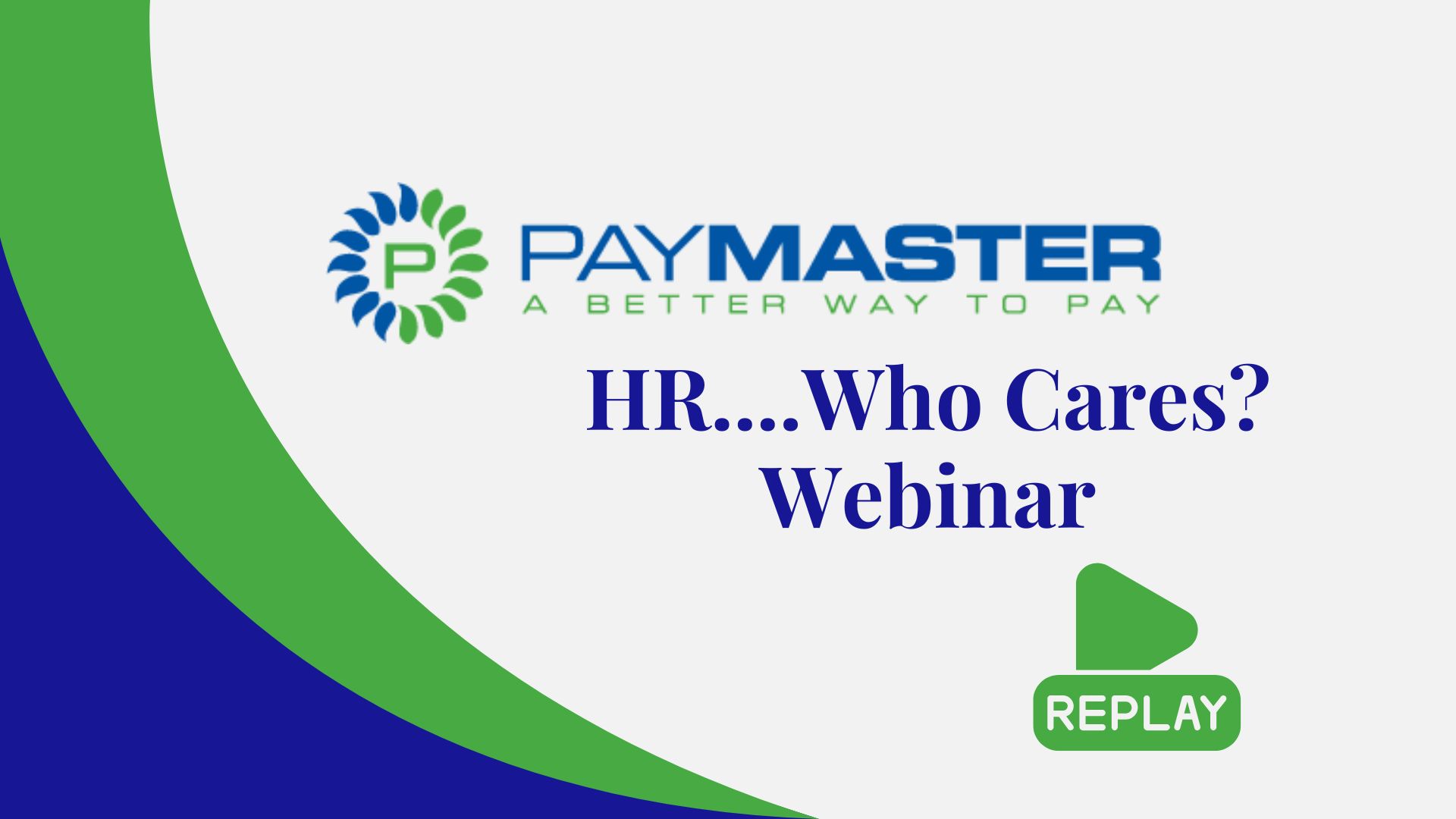Most years, the only thing we have to worry about when it comes to retirement plan administration is adjusting for the cost-of-living increase to contribution limits. Some years we don’t even have that, but this year is an exception with that, plus major changes you will need to make and consider. So first, the easy stuff. The cost-of-living increase, to the maximum amount an individual can contribute to their 401(k), 403(b), governmental 457 and the Thrift Savings plans, will be increased to $23,500, up from $23,000 in 2024. The catch-up contribution will remain at $7,500 and the limit on annual…
Posts published in “Uncategorized”
New Federal rules are impacting employers. Check out this webinar replay for compliance strategies.
HR.....Who Cares?
Watch this webinar replay to learn more about our HR consulting and more.
Did you hire someone who is giving you pushback on submitting a W-4 form, or maybe they even presented you with a little-known tax form stating that they do not pay taxes? If so, you may have hired a tax protestor. No need to panic; you may be able to talk some sense into them. Tax protestors could simply be misinformed individuals, and with social media exposure, that is easy to come by. I have seen TikTok videos, X posts, YouTube and the like, falsely leading people down this path. They claim that taxation is voluntary, does not apply to…
I am surprised that I have not covered maternity leave in the past nine years, as it is a relevant topic that can impact every employer from the beginning of time. In fact, at PayMaster we have had about a dozen employees take time off for maternity or paternity leave over our past 30 years; there were even twins once. The term maternity leave covers an employee who is away from work to care for the addition of a child to their family through birth, adoption or foster care placement, but what does it entail? Eligibility, including whether one is…
There is a fair amount of activity with the IRS-processing Employee Retention (Tax) Credit (ERC) refunds with two announcements this past month. I would call it good news for those who have legitimate claims and bad news for those who filed a not-so-legitimate claim. Actually, not all bad news for the not-so-legitimate claim group. The IRS has reopened the Voluntary Disclosure Program (VDP), which will run through November 22, 2024. As you may recall, this was started earlier this year whereby the IRS allowed you to revoke your claim and return any funds you believe were improperly claimed, keeping 20%…









